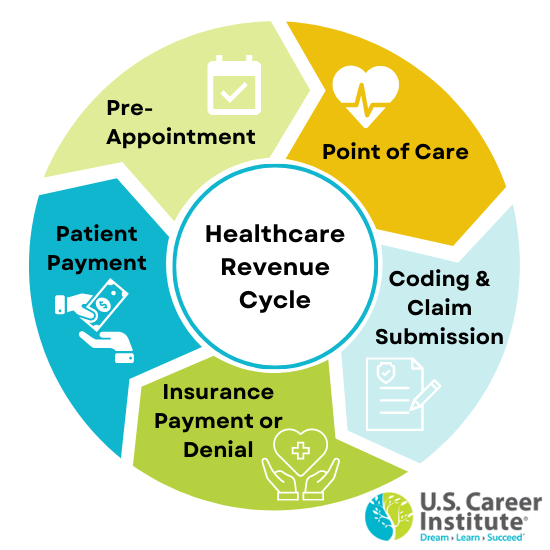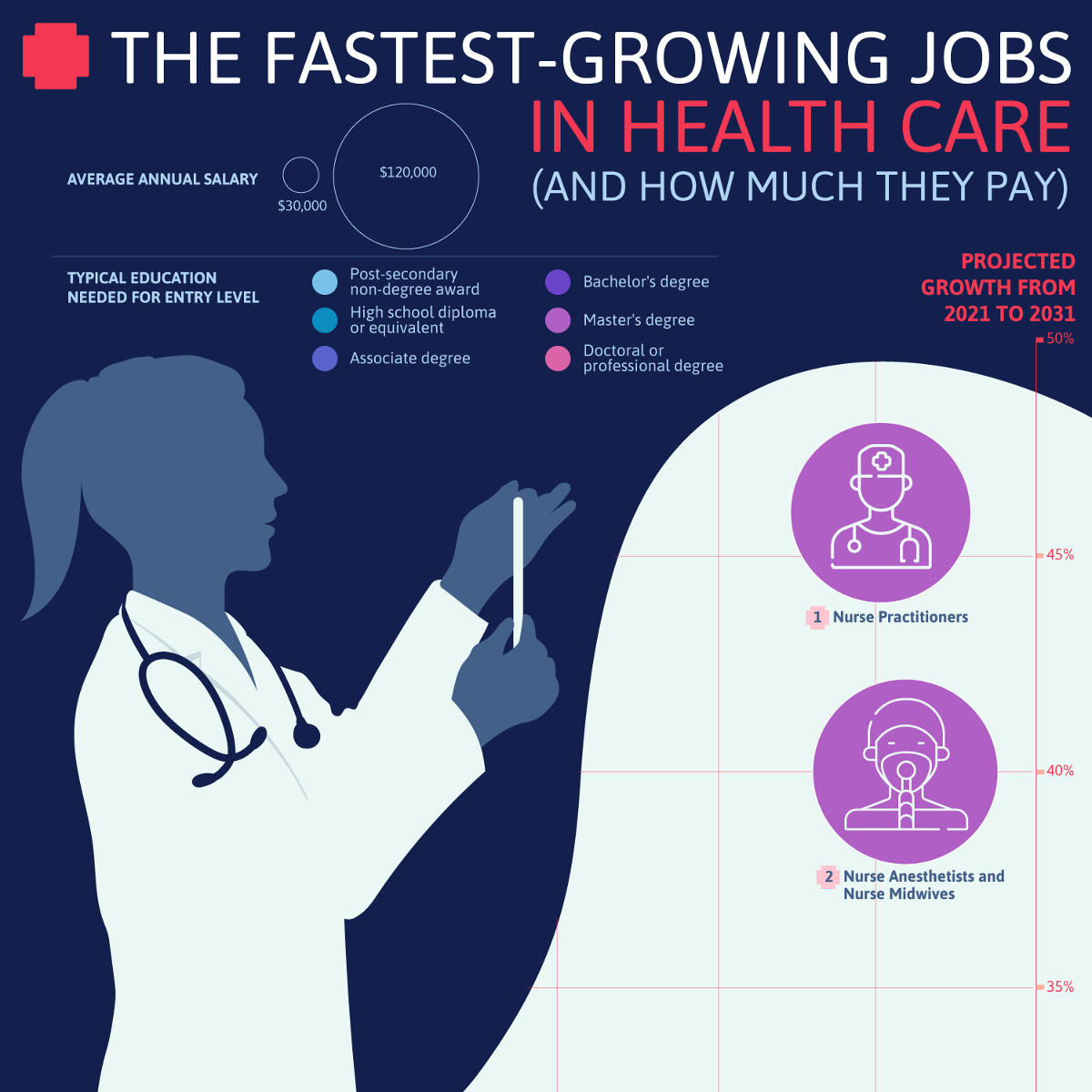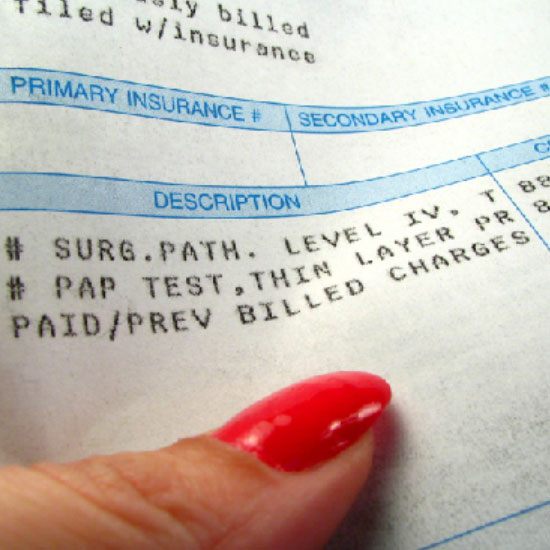
-
Healthcare Certificates Medical Assistant Medical Coding & Billing Specialist Medical Coding Specialist Medical Billing Specialist Pharmacy Technician Phlebotomy Technician Sterile Processing Technician Dental Assistant Patient Care Technician Medical Transcription & Editing Electronic Medical Records Specialist EKG Technician Healthcare Office Manager Medical Administrative Assistant Physical Therapy Aide







